Ah, zoom lenses.
My first serious camera was a DSLR I borrowed for a college photography class. I liked the camera, but even before I knew what an “aperture” was I was never crazy about the lens. It was an 18-55mm f/3.5 to f/5.6, quite slow for the focal length. Some tradeoffs were definitely made, and like Calvin and Hobbes taught us,
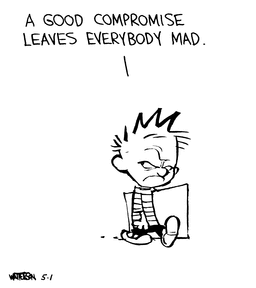
Since then, I’ve tried many more disappointing zoom lenses.
Ultimately, every lens is a compromise. They all balance sharpness, maximum aperture, size and weight, and cost.
Prime (i.e. fixed) lenses are a lot less optically complex. This means that for a given price, a prime lens can be much brighter, sharper, and more compact. Less compromised, in other words.
This is especially true for the film era lenses I like using. In general, the technology to make good zooms just wasn’t there yet.
So between that lackluster first impression, and continued disappointments with 70s and 80s zooms, I was pretty deeply rooted in my preference for primes.
Why Did I Buy a Zoom, Then?
Well, it was cheap. But that’s not the whole story.
I’ve been having fun with autofocus on my Nikon F4, but autofocus F mount lenses are expensive because they’re forwards compatible with some digital cameras.
After some research, I stumbled onto the very concisely-named Nikkor AF 75-300mm f/4.5-5.6. Despite my reservations about zoom lenses, it seemed extremely well-reviewed. That, and I was able to find one with some minor issues for all of $40.
I tried to keep my expectations tempered, but after seeing other photographers’ photos with this lens I was excited.
And sure enough, it doesn’t disappoint:

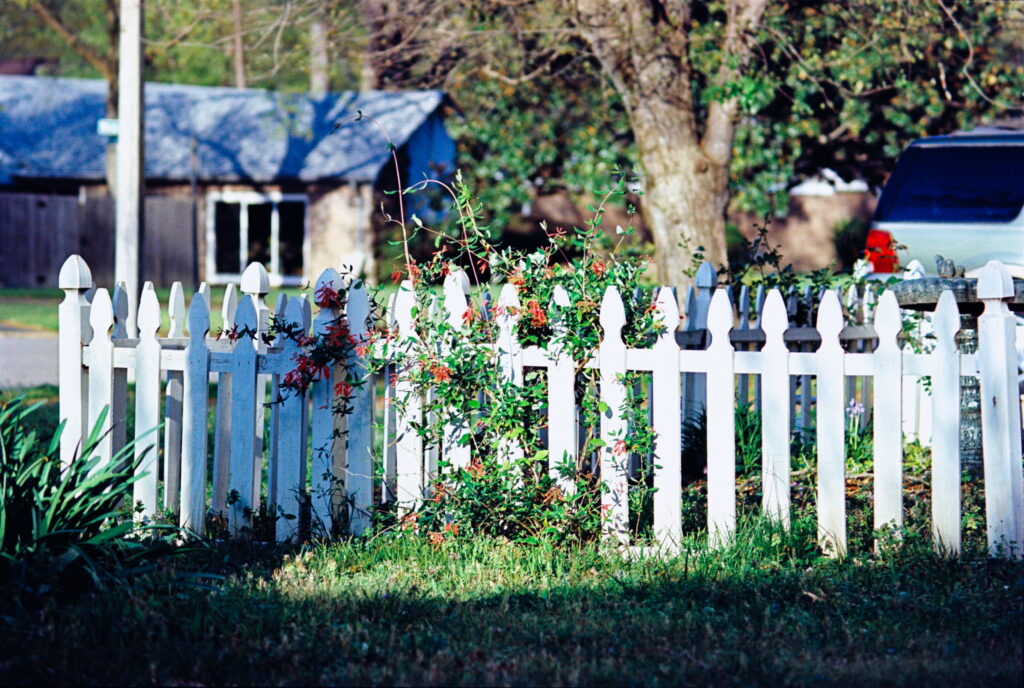
My expectations were high, but I was still impressed. Even wide open at f5.6, it’s quite sharp. None of the haze or color fringing you often see on older zoom lenses. Tons of contrast. Color rendering is just barely on the cool side, but also very impressive.
As an aside, these pictures showcase something I love about long lenses. When you’re so far away from your subject, you can get super shallow depth of field and a smooth, totally abstract background. The bokeh (out of focus area) on this zoom is not quite as pleasing as some telephoto primes, but it’s still really nice.
Size and Handling
Ah, well, here comes the downside of this lens. As optically great as it is, the Nikkor is a child of the 90s and it really shows its age in this department.
Not that any 300mm lens is going to be small and portable, but this lens is large, and — thanks to its metal shell — not super light by modern standards. I bought it with a specific trip in mind but wound up not taking it because it felt silly to shoot a lens this huge outside of wildlife photography.
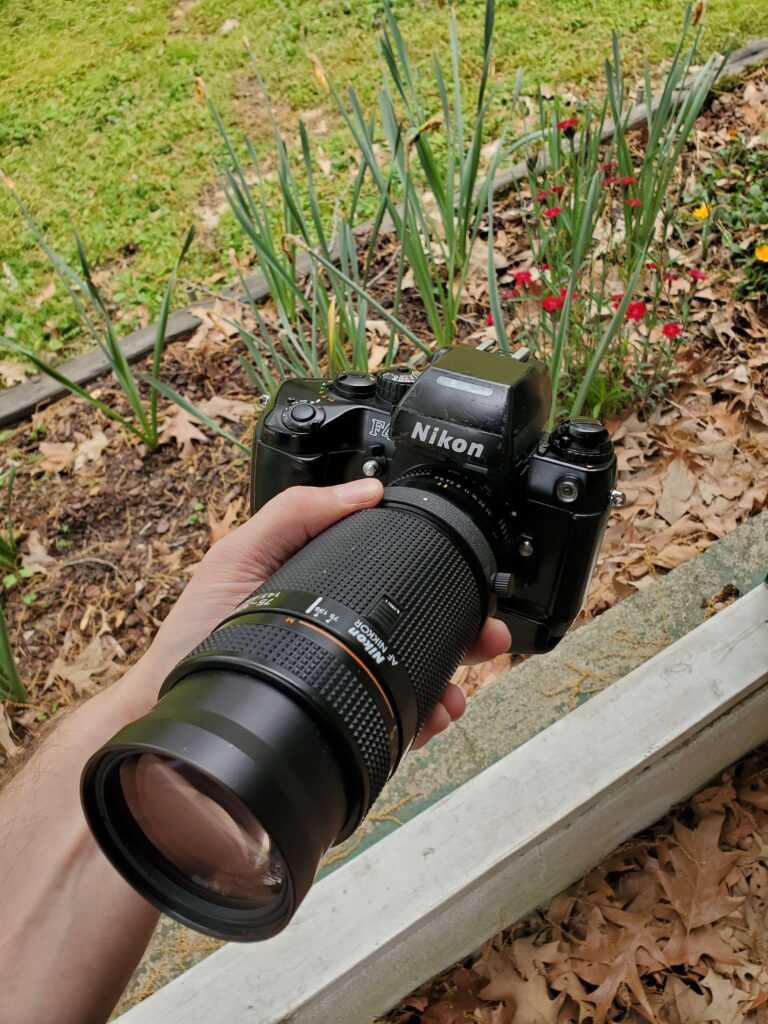
It doesn’t help that the F4 is already a massive anvil of a camera, but such is the price of greatness.
Autofocus
My particular experience of this lens has been hampered by my stone age nikon’s autofocus.
In good light it works well enough, but it can be frustrating in suboptimal conditions. If you make use of the limit switch to keep the lens from shuffling through its entire focus range, it can even be reasonably fast. It’s loud though, and easily confused.
Focusing on a bird perched on a tree branch might be a challenge if there’s detailed foliage behind it. I’ve frequently had to switch to manual focus to get shots, but for the kind of photography I do it hasn’t been a massive issue.
Was it Worth it?
I definitely got way more than 40 dollars of value from this lens, that’s for sure. They usually go for more in good condition, but I’d say they’re absolutely worth it.
If you can put up with the mass and bulk, the photos will make it very worth your while. Just make sure your camera can focus a screw drive lens!


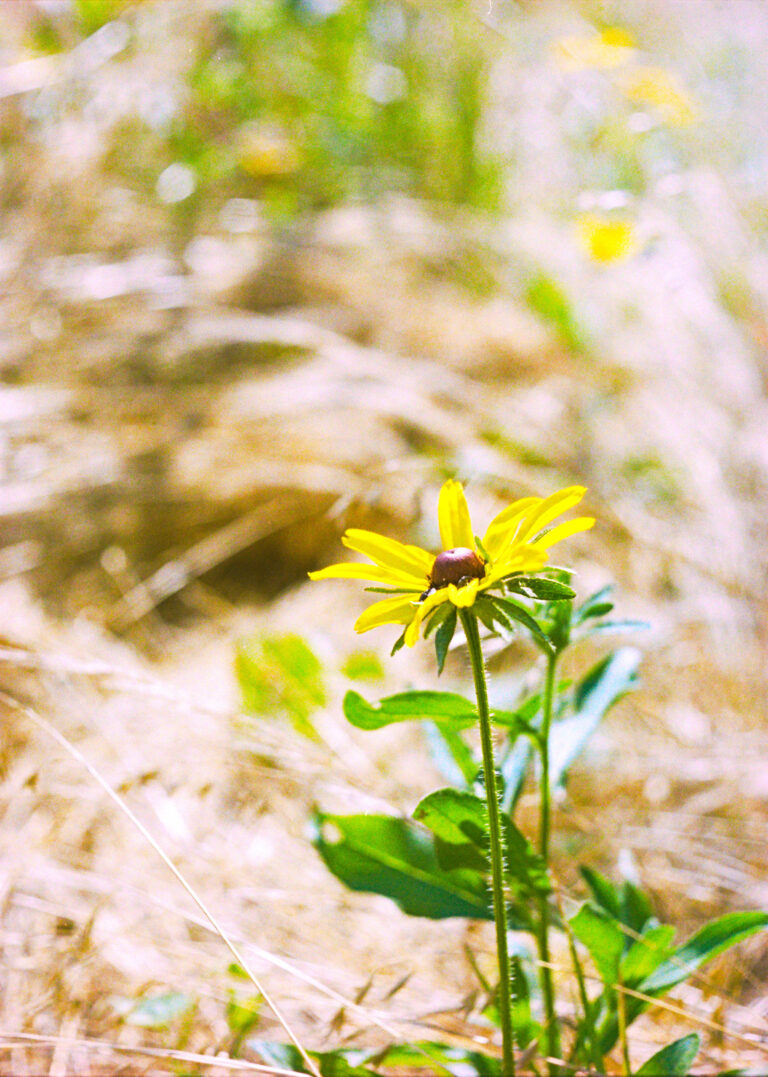
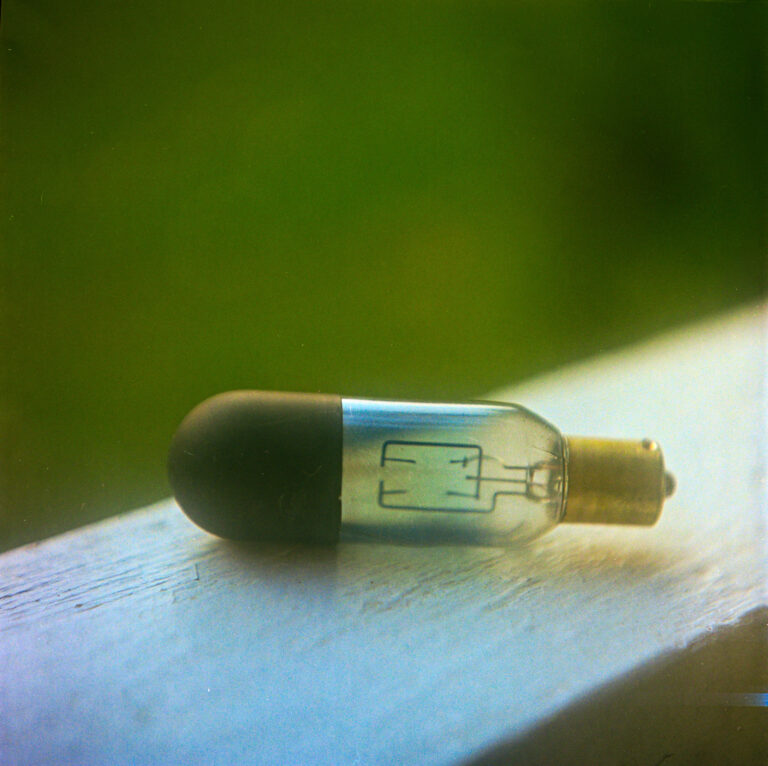



Leave a Reply